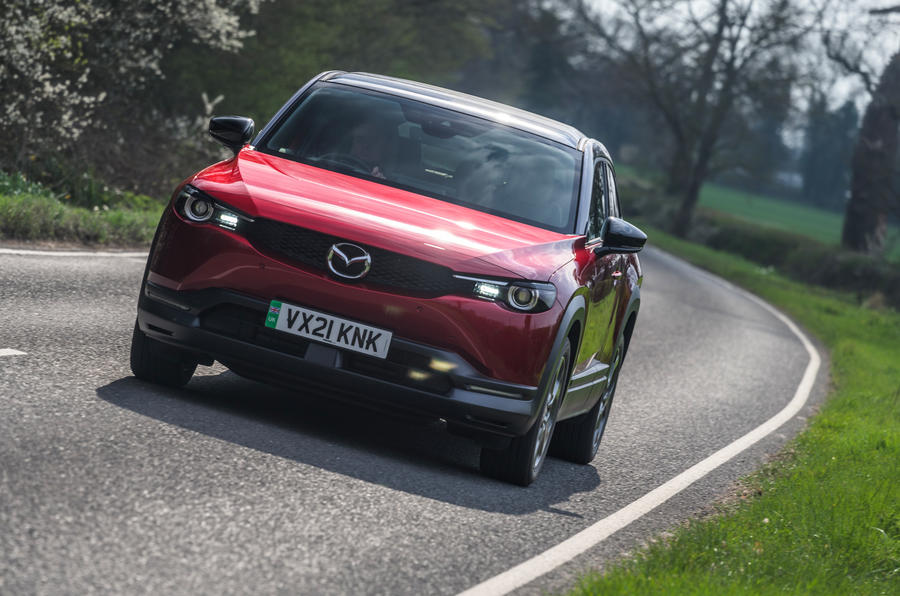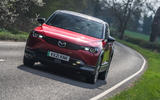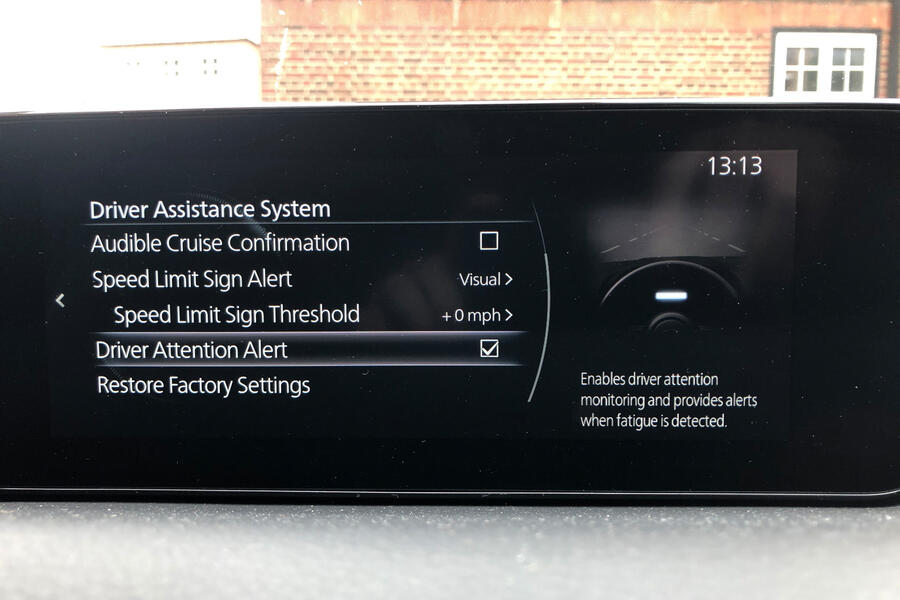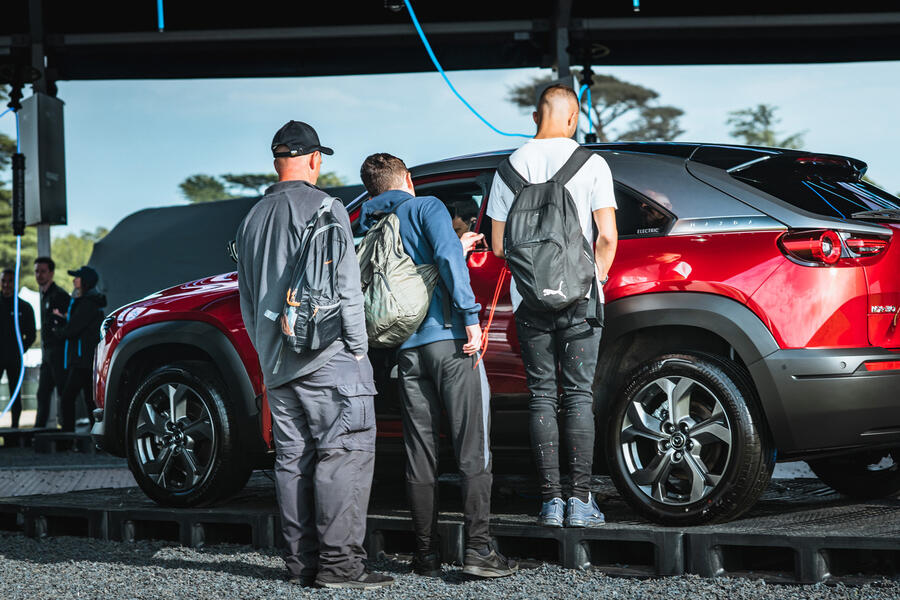Why we ran it: Does Mazda’s unusual debut EV make daily driving a joy, or will its limitations frustrate over time?
Month 5 - Month 4 - Month 3 - Month 2 - Month 1 - Specs

Life with an MX-30: Month 5
Can the electric crossover charm enough customers into overlooking its modest range? Here’s our final verdict - 29 September 2021
Let’s get it out of the way in the first sentence: no, an official range of 124 miles is not enough to position Mazda’s first EV as a zero-emission runaround with mass appeal.
I won’t leave it to that blunt conclusion to comprehensively summarise our past few months with the MX-30, but as that was our primary concern when the car arrived, and has been the subject of much discussion since, it makes sense to address it quickly and conclusively. The MX-30’s 35.5kWh battery is among the smallest fitted to any mainstream EV, let alone its SUV-shaped contemporaries, and as such it can’t help but feel like a bit of a step backwards in our great push to normalise the electric car, and to prove that they can be used every day.
Of course, there is the argument that, for some, just over 100 miles of usage (as we determined to be our car’s real-world offering) will prove ample, but we must acknowledge that drivers with such requirements will live predominantly in urban areas, where public charge points remain in short supply and domestic solutions are, for many, unattainable.
Compounding these infrastructural shortcomings is the MX-30’s frustratingly limited charging capacity. You might expect such a small power unit to be usefully capable of rapid replenishment, but a maximum top-up speed of 50kW means serious thought must go into planning even journeys of middling distance.
Fortunately, I was able to charge at the weekends using Ubitricity’s street-side chargers, which went some way to alleviating my range anxiety on errand runs and supermarket trips, but still never would I unthinkingly stray from the bounds of the M25 without a keen eye on the battery gauge.
All of which prompts the question: what was the MX-30 designed to do? It looks bigger than the similarly urban-oriented Honda E and Mini Electric but is just as averse to longer jaunts and, actually, is not a great deal more practical. I hardly noticed its restricted capacity for the first few months of stewardship because coronavirus restrictions meant only my partner and I were ever in the car together, but as the rules relaxed and car sharing became possible again, I found its compact proportions increasingly annoying.


















































Join the debate
Add your comment
Mazda are portuguese